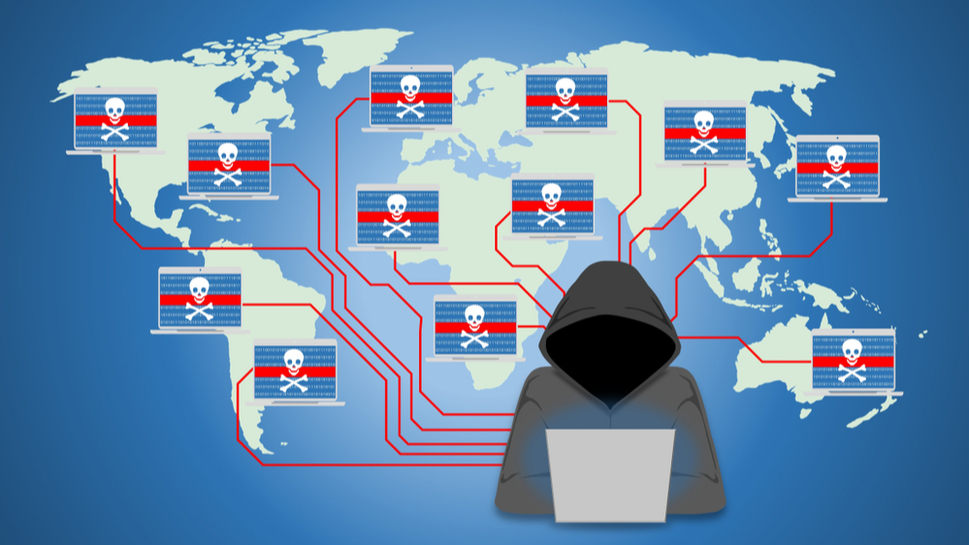The Avengers of security teamed up to try and take down the TrickBot botnet
TrickBot's backend infrastructure has been disabled following months of investigation

The backend infrastructure of the TrickBot botnet has been disabled thanks to the work of Microsoft and a coalition of security firms and telecoms.
The software giant's Defender team worked together with FS-ISAC, ESET, Lumen's Black Lotus Labs, NTT and Broadcom's cybersecurity division Symantec to accomplish the feat which took months of preparation.
First spotted in 2016, TrickBot was initially a banking trojan that was a successor to Dyre before it evolved to perform a number of other malicious activities including spreading laterally through a network, stealing saved credentials in browsers, stealing cookies and infecting Linux machines.
- We've put together a list of the best malware removal software
- Keep your devices protected online with the best antivirus software
- Also check out our roundup of the best ransomware protection
The malware is usually delivered via email campaigns that leverage current events or financial lures in order to trick users into opening malicious file attachments or links to websites hosting malicious files. After infecting a system with TrickBot, cybercriminals then used it to install reconnaissance tools such as PowerShell Empire, Metasploit and Cobalt Strike to steal credentials and network configuration information.
Taking down TrickBot
In order to take down the TrickBot botnet, Microsoft, ESET, Symantec and other partners spent months collecting over 125,000 samples of the malware. They then analyzed these samples and extracted and mapped information about how the malware worked including the servers the botnet used to control infected computers.
After collecting this information on TrickBot's inner workings, Microsoft then went to the US District Court for the Eastern District of Virginia where the company asked a judge to grant it control over the botnet's servers.
Corporate vice president of customer security and trust at Microsoft, Tom Burt provided further insight on how the company used the court's ruling to disable TrickBot's backend infrastructure in a blog post, saying:
Sign up to the TechRadar Pro newsletter to get all the top news, opinion, features and guidance your business needs to succeed!
“As we observed the infected computers connect to and receive instructions from command and control servers, we were able to identify the precise IP addresses of those servers. With this evidence, the court granted approval for Microsoft and our partners to disable the IP addresses, render the content stored on the command and control servers inaccessible, suspend all services to the botnet operators, and block any effort by the Trickbot operators to purchase or lease additional servers.”
While TrickBot appears to be out of commission for now, the botnet could return as other botnets have managed to survive similar takedown attempts in the past. Only time will tell if Microsoft and its partner's efforts were successful though even then, another botnet will likely rise up to take TrickBot's place.
- We've also highlighted the best endpoint protection software
Via ZDNet
After working with the TechRadar Pro team for the last several years, Anthony is now the security and networking editor at Tom’s Guide where he covers everything from data breaches and ransomware gangs to the best way to cover your whole home or business with Wi-Fi. When not writing, you can find him tinkering with PCs and game consoles, managing cables and upgrading his smart home.
